Experimenting with new modes and parallel gameplay in midcore
When the midcore battler Kingdom Clash began to grow, and it became clear that we’d be supporting it long-term, we started focusing on mechanics that set it apart from competitors, including a parallel progression mode with unique gameplay from another genre.
These new features received a lot of positive feedback from the community, but they didn’t always translate into improved metrics. There’s still room for exploration in this area, but we’d like to share some preliminary insights. This might be especially useful as more people in the industry are talking about parallel progression as a potential trend in casual and midcore games.
Tower capture
In the game, this mode is called “Conquest,” but within the team, we’ve affectionately dubbed it “Mushroom Wars” as a nod to a classic game. It unlocks at a certain level in the campaign, adding a unique twist with a distinct casual game embedded inside the midcore.
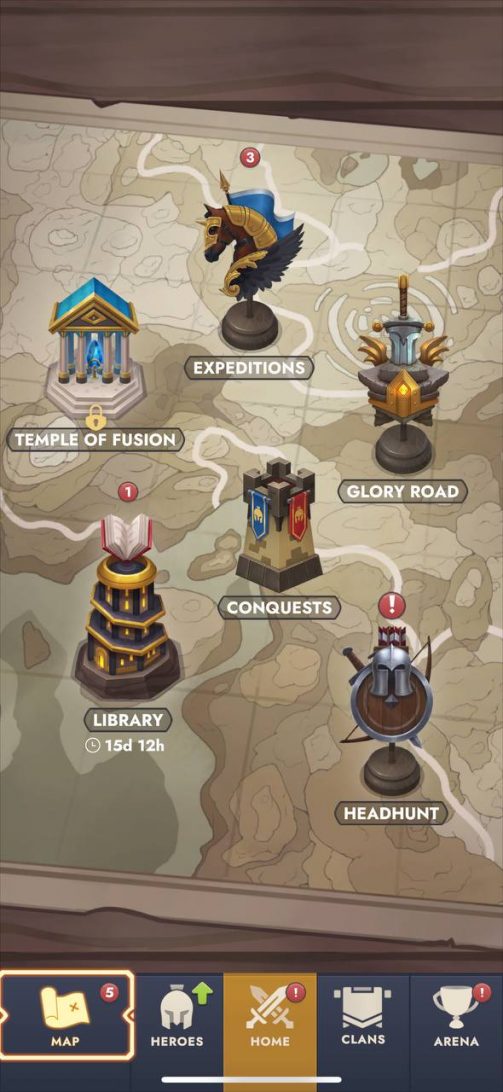
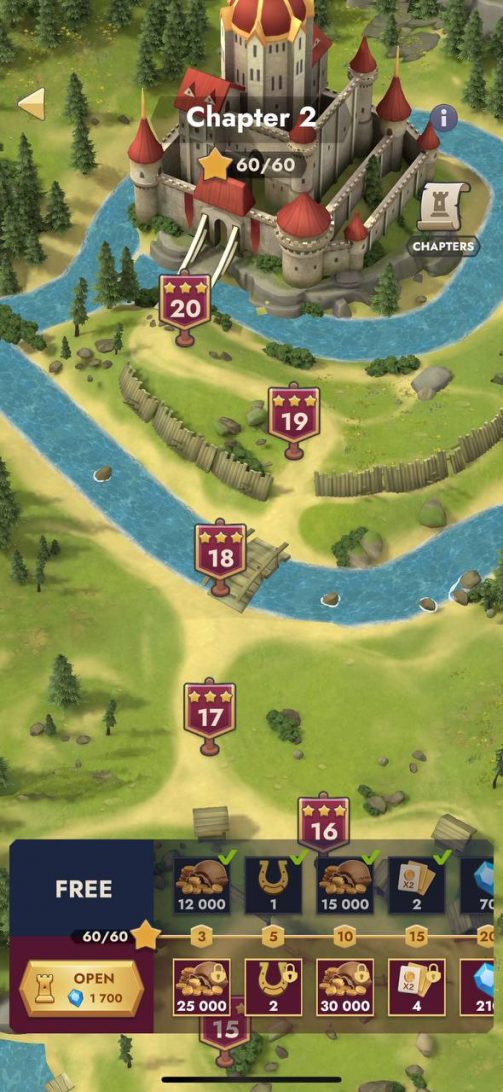
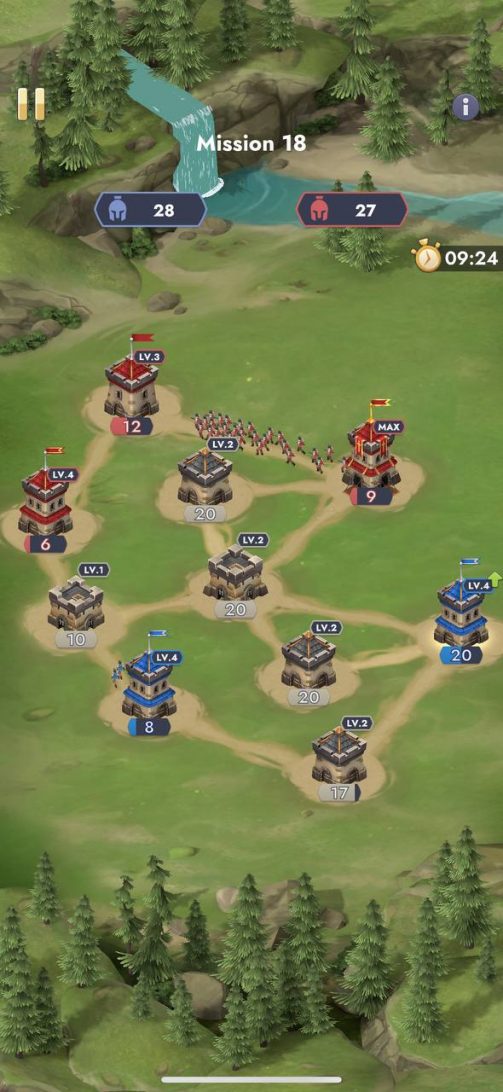
We originally hypothesized that a new mode with such a different core gameplay might increase long-term retention, but the results didn’t fully meet our expectations.
Even though this mode didn’t lead to a significant metrics boost, it has become a favorite within our community. Players on Discord still ask about new tower capture levels, even a year and a half after it was introduced.
As a next step, we’re considering reworking the full-fledged mode into periodic events to encourage players to return for this gameplay style. This approach not only allows us to expand the mode with logical extensions but also adds a competitive element through leaderboards, where players who finish faster than others can earn rewards.
In other words, while the core audience loves parallel gameplay, it doesn’t automatically improve metrics like retention. Perhaps the solution is to interweave it more closely with the main game—tying it to items or currency players can farm.
It’s worth experimenting with these ideas, but it’s too early to call parallel progression a major trend. If it were, we’d likely see it in more top games. Right now, it might be more practical to implement these features as limited-time events rather than permanent modes, giving regular players fresh experiences without saturating the core gameplay.
Expeditions
This mode borrows a familiar mechanic from single-player RPGs, allowing players to send heroes on timed expeditions to farm soft currency.
Initially, we considered using text-based quests, where players would open a window, make a choice, and move on. But we decided to create a fully illustrated map with markers and lore. This was optional but added a bit of extra entertainment, though we know that a text-based version of this mechanic works well in other games.
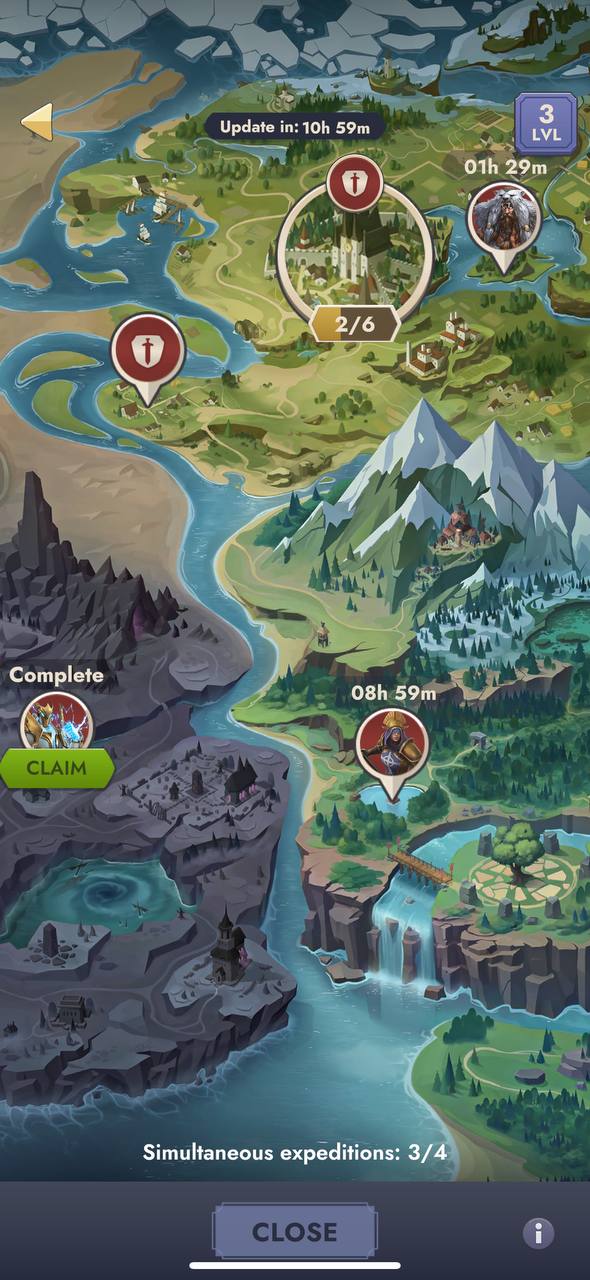
The speed of expedition completion depends on the hero’s attributes, encouraging players to collect more heroes right from the start.
We toyed with the idea of enabling automatic expeditions for VIP players, but ultimately left it as a simple, engaging feature—a way to farm soft currency that players can revisit daily.
As a bonus, this mode slightly increased daily logins, since expeditions range from 1.5 to 9 hours. We’re also exploring the idea of linking the mode more directly to hero collection, pushing players to expand their rosters to send more heroes on expeditions.
Libraries
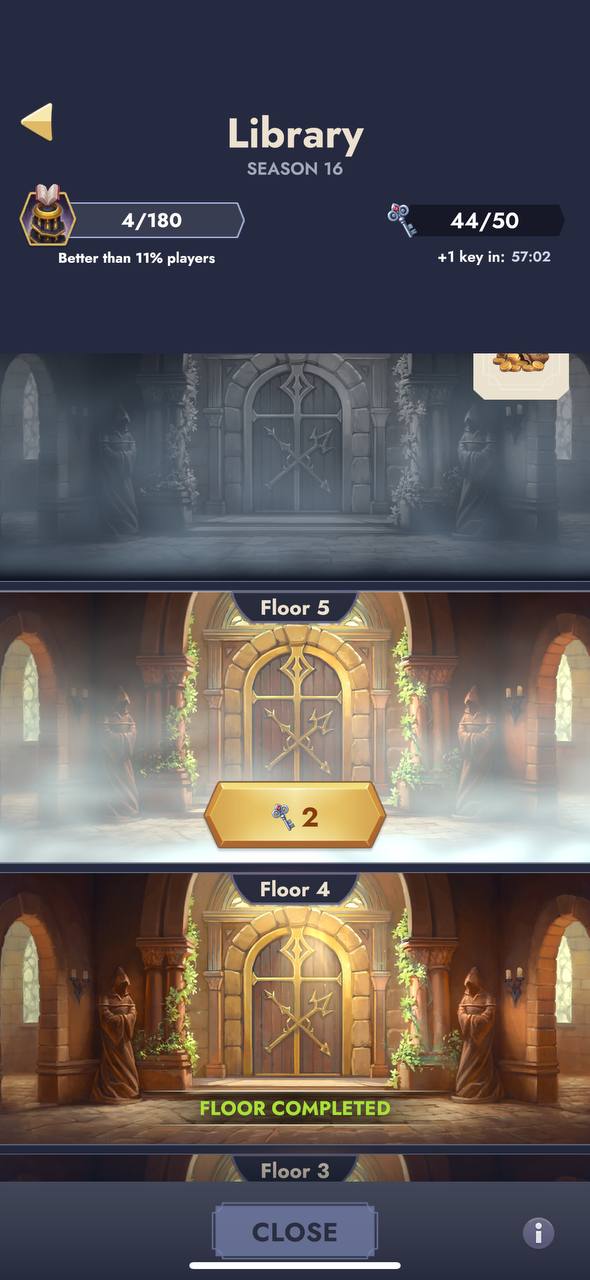
We took the classic “tower mode,” where heroes fight their way up through floors, and added unique modifiers not seen in similar modes. On each floor, battles come with special conditions.
For example, on one floor, mage damage is boosted by 40%, while on another, archers are nerfed. This encourages players to build specific teams for each level and leads to increased community engagement, as players exchange tips on how to conquer each floor.
Additionally, each floor has its own distinct visual style, adding to the experience compared to the regular campaign.
Where we hit a snag: We wanted to deepen hero progression by introducing a second ability in the form of passive talents, which could be leveled up separately. To upgrade these talents, players need “Library” mode to farm special books. However, since these talents are currently available only for legendary heroes—and the drop rate for these heroes is low—there’s limited motivation for players to invest in this mode.
Players enjoy the mode, but no matter how visually or mechanically engaging a mode is, it needs to offer meaningful rewards that directly impact progression for it to be truly effective.
Some early takeaways
In this particular case, adding new modes and cross-genre mechanics isn’t a guaranteed breakthrough, at least not yet. But these additions do provide indirect benefits: they keep the core audience active and give the game a sense of depth and ongoing development.
In a highly competitive market, finding one feature to boost retention by 20% is rare. But if we can identify ten smaller points of growth, each contributing 2%, then we can steadily grow our metrics. This is the kind of approach that’s now essential for long-term operation—especially as player expectations continue to rise.
